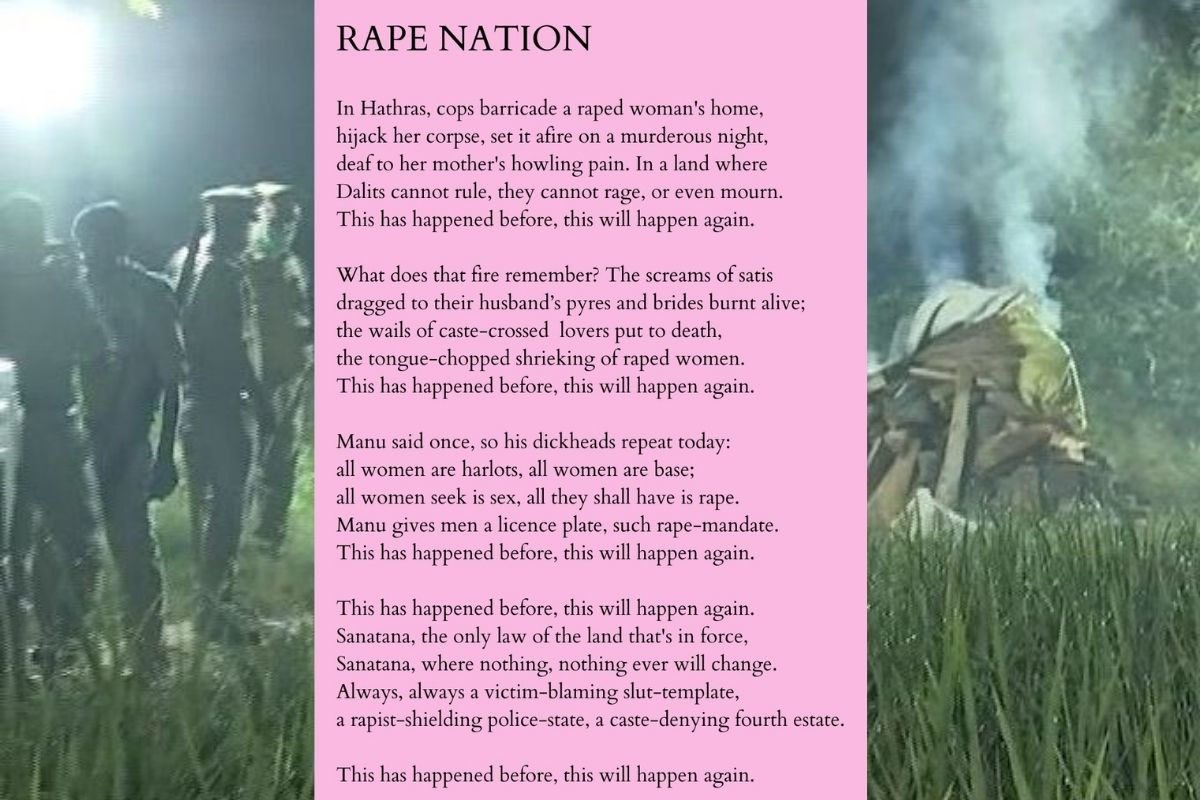

Kandasamy has used her anger to inform her novel, using it as a tool that empowers her, gives her the confidence to write this story, and reminds her of her intentions for doing so. The intersectionalities of caste-based violence and gendered violence are still overlooked in India, and the mental health consequences of these experiences even more so. For Kandasamy, anger may be unwanted, but it is necessary for their struggle and survival. She also talks about anger in constructive forms, connecting it to the identity of the characters in the book. The author also emphasises the role of women in these communities, recognising the violence they have endured, and them being the backbone of the agitations of their communities.


What’s more, is that she forces you to feel uncomfortable, almost implicit in this injustice. Kandasamy writes this novel with an awareness of her anger, which she does not try to diminish or ignore. While many have worked hard to bring justice to this story and piece of important Dalit history in India, very few have written so vividly about the first-hand experiences of people who are often reduced to their traumatic struggles alone. The representation that an artist who holds the ancestry of this lived experience brings to art, is valuable in many ways. While this is not the first time that an author or artist has been inspired by this historic event, Kandasamy has made her intentions for writing this story very clear. The story revolves around the land-owners of the village, who refuse to provide decent living wages for their workers and farmers, and the retaliation of these farming communities under the banner of the Communist Party of India, leading to drastic, tragic consequences for the poor communities. “Gypsy Goddess” by Meena Kandasamy is the fictional retelling of the 1968 massacre of 44 Dalit villagers in Kilvenmani, a village in the Nagapattinam district of Tamil Nadu.


 0 kommentar(er)
0 kommentar(er)
